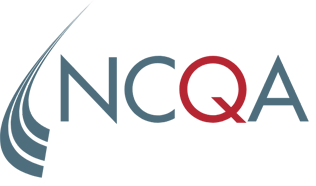Yes. The following changes apply to SNP 2, Assessing and Coordinating Care.
NCQA added a new Element F, Contracts with Long-Term Care Institutions for I-SNP Members, that requires organizations to confirm that contracts with long-term care institutions for its I-SNP members, allow I-SNP clinical and care coordination staff access to I-SNP members who are institutionalized.
NCQA will review materials submitted by the organization that demonstrates that the organization’s contracts for I-SNP members allow I-SNP clinical and care coordination staff access to I-SNP Members who are institutionalized.
An institutionalized individual is defined in CFR § 422.2 as a special needs individual, and for the open enrollment period for institutionalized individuals at § 422.62(a)(4), an MA eligible individual who continuously resides or is expected to continuously reside for 90 days or longer in one of the following long-term care facility settings:
(1) Skilled nursing facility (SNF) as defined in section 1819 of the Act (Medicare).
(2) Nursing facility (NF) as defined in section 1919 of the Act (Medicaid).
(3) Intermediate care facility for individuals with intellectual and developmental disabilities as defined in section 1905(d) of the Act.
(4) Psychiatric hospital or unit as defined in section 1861(f) of the Act.
(5) Rehabilitation hospital or unit as defined in section 1886(d)(1)(B) of the Act.
(6) Long-term care hospital as defined in section 1886(d)(1)(B) of the Act.
(7) Hospital which has an agreement under section 1883 of the Act (a swing-bed hospital).
(8) Subject to CMS approval, a facility that is not listed in paragraphs (1) through (7) of this definition but meets both of the following:
(i) Furnishes similar long-term, healthcare services that are covered under Medicare Part A, Medicare Part B, or Medicaid; and
(ii) Whose residents have similar needs and healthcare status as residents of one or more facilities listed in paragraphs (1) through (7) of this definition.
This new element is NA for C-SNP and D-SNP members.
HP 2025

